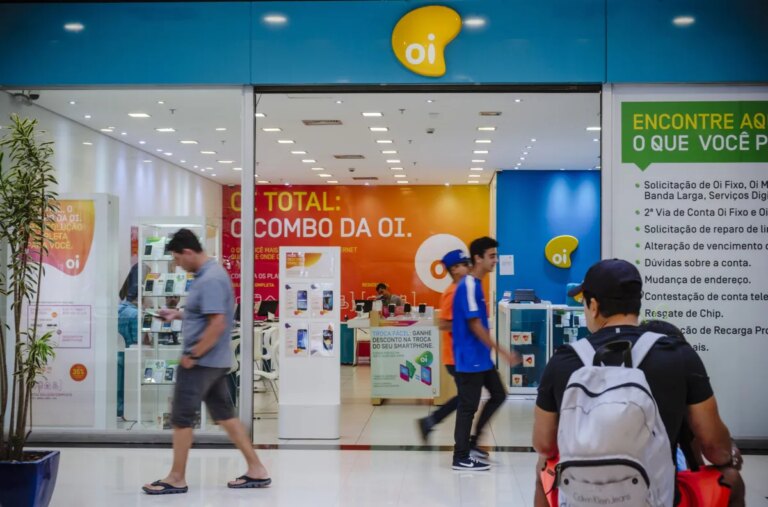
Maria Moreno She is a restless woman, a dancer who is not satisfied with just embarking on the flamenco style, but rather seeks to freely express her emotions and the need to express herself in a different way.
If he has already given us so much … His 2020 releases “More (No) More” and “o../o../.o/o./o” provided clues as to the direction his career would take. Two years later, Moreno produced “(Solea),” making it clear that there are no limits to his imagination or expression.
With “Magnificat” he wanted to go one step further As well as the accompaniment of Raúl Cantizzano, Roberto Jaén and Miguel Ravi (guitar, compass, percussion, vocals). Rosa Romero, interpreter and performer from Cadiz He received the 2023 Best Performer Award and Best Revelation Show Award from the Andalusian Dance Professional Association for his piece “Soy un baile”, which he premiered in 2023.
“Magnificat” has a cast that immediately empathizes with both the protagonist and the protagonist.As well as the spirit that Maria Moreno wanted to give to the show, It extends to the senses, mood, and outlook on life, and from hilarity to drama, Cadiz is easy to turn everyday life into something special.
The work was developed within the framework of the artistic residency program “In Progress” promoted by the Flamenco Festival led by Miguel Marín and the City Council of Torox, and premiered last June within the framework of the Madrid Flamenco Biennale.
“Magnificat,” which includes the appearance of stage director Rafael R. Villalobos; The dancer’s usual collaborators are completely different from her previous dancers.
The argument is simple. I mean, I have two cousins. One is older and the other is younger. Both of us unexpectedly became pregnant. When the two meet, uncontrollable joy takes over their bodies. One says, “Hail, Mary,” and the other replies, “Magnificat!”
The dancers appear to be directing the procession behind the locaro drums. Pink bat de cola and red ribbons on sleeves and hair. Under the skirt, she wears red leggings and red shoes. On the stage are various types of chairs, flowers scattered around, and red lights that appear with phrases that guide the viewer.
This work allows the dancers to freely express their imagination.responds to her desire to dance differently and sometimes even leads us astray, but that does not mean that she allows herself to enjoy in an unusual way the dances of María Moreno, which flow through alegrías, soleás, sigiriyas… They perform exaggerated and difficult dances with shawls and batade kora. The skillful stage will let you enjoy the taste of chopsticks once again. You can perform extremely complex rhythm games with the always wonderful palm of Roberto Jaén on the one hand, and “paso de de deux” with the Spanish and electric guitars of Raul Cantisano on the other.which was surprising in many moments. All this was accompanied by the singing of Miguel Ravi, who did not have a night, and the singing of the entire choir.
Rosa Romero’s intervention to introduce this word is the leap forward that the show represents; By sharing scenes with actresses beyond the usual musicians. The presence of the performers gives the work a moment of gesture. For example, at the beginning she began with incredible speed reciting the jaleo or phrase “echare papa”, which is usually said to dancers from behind, and concluded with a long litany that Moreno also recited.
This joyous encounter between two women reveals flamenco that transcends borders. Here, energy is the protagonist in each scene of this emotional journey through which the dancers immerse us, and joy and humor underlie the undeniable cadiz form. It is definitely a work of growth, and although it has a short history, it reveals Maria Moreno’s desire to create freely and unfettered, and is preoccupied with understanding flamenco in a different way. Because she can learn to dance however she wants and that’s why she can take risks. That’s why the Central audience last night lavished applause on his courage. As we know, the future belongs to the brave.



